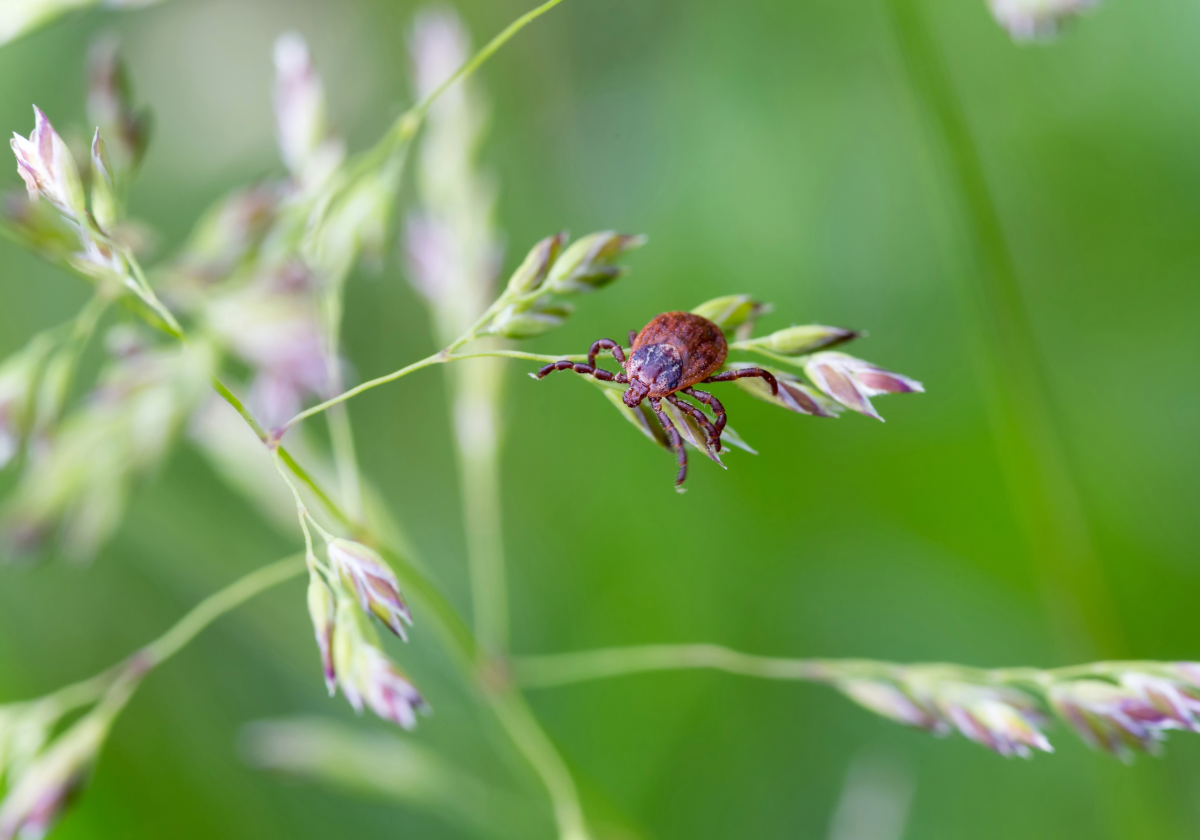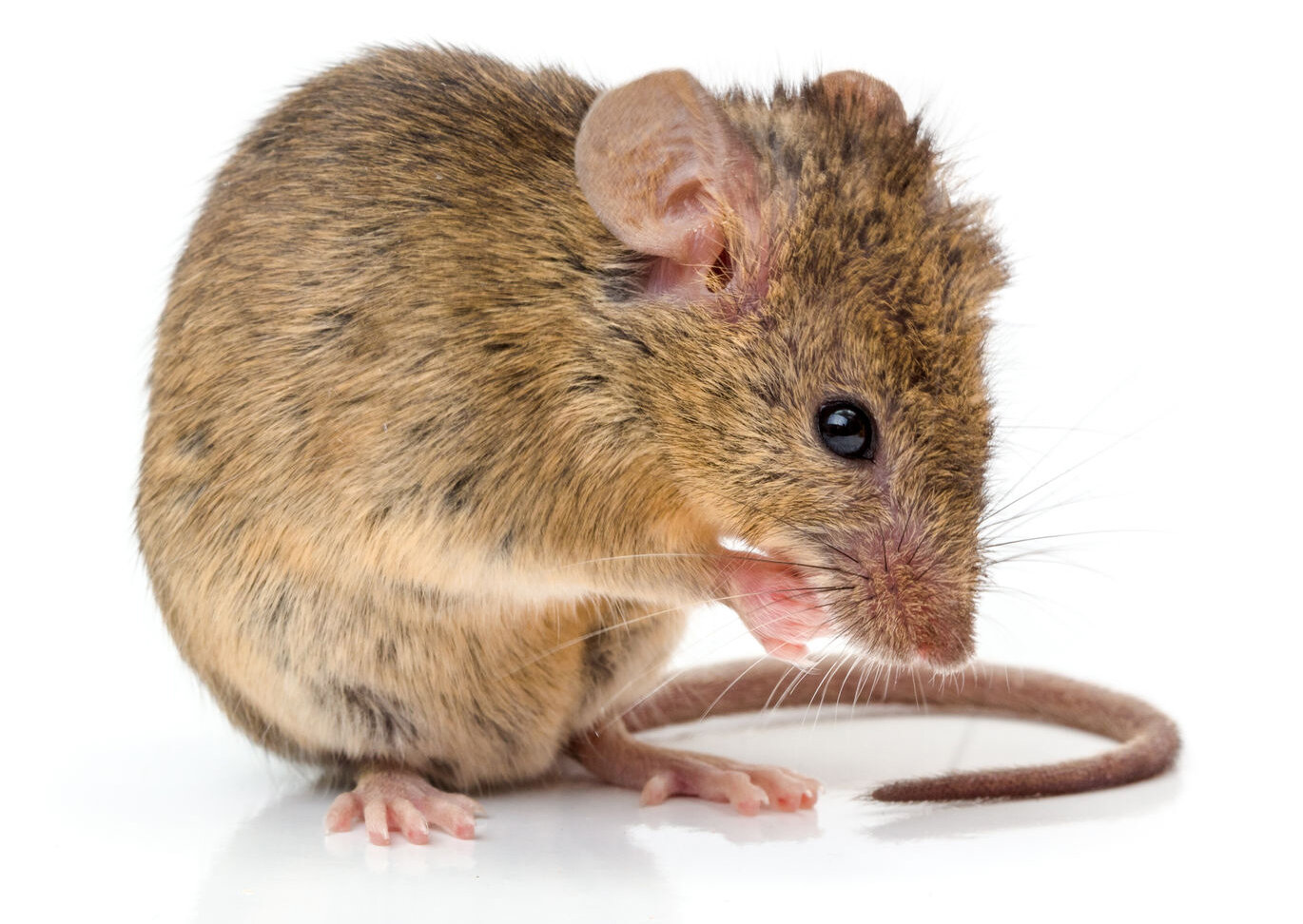Ticks are known by their bites, which normally trigger itchy skin irritations for sensitive people. Severe infestations on animals can cause anemia, weight loss, and even death, especially when large quantities of blood are consumed. Anyhow, what makes the tick bites important is that ticks are second to mosquitoes as vectors of a large range of disease-causing pathogens of domestic animals and humans.
There are 867 tick species in the world. About 80 species are found in the USA and 13 of them are currently spread in Minnesota. However, only 10% of the tick species are known as disease vectors. Other tick species are simply considered a nuisance due to their bites. In North America, the pathogens associated with the following diseases can be transmitted by tick bites: Lyme disease, human granulocytic and monocytic ehrlichiosis, babesiosis, relapsing fever, Rocky Mountain spotted fever, Colorado tick fever, tularemia, Query fever, and tick paralysis.
Black-legged (deer) ticks, American dog ticks, and brown dog ticks are the most likely tick species known to be encountered by people. There are three major disease-causing organisms transmitted through the bite of an infected deer tick. These are Lyme disease, human anaplasmosis, and babesiosis. The American dog tick is responsible for transmitting Rickettsia rickettsii, which causes Rocky Mountain spotted fever in humans. It can also transmit tularemia. Brown dog ticks are not known to transmit diseases to humans, but may transmit disease among dogs.
To avoid tick bites, it is important to be prepared before it is too late. Like mosquito and other insects, the onset of the tick’s season is temperature dependent issue, the warmer the spring temperature, the faster insect pests can develop. Therefore, if you live in known tick infested areas, watch the weather and be prepared for these bloodsuckers. For example, adults of deer ticks can emerge in patchy snow at temperature of 40°F and more. Early in the spring and in the fall, call your pest management professional (PMP) to apply an EPA tick approved pesticide around the perimeter of your house as well as to all tick habitats, especially where the lawn and wooded area meets. In addition, do the following recommendations:
-
Check your pet for the presence of ticks.
-
Immediately remove ticks from pets and humans as soon as they are noticed. Ticks should be grasped with tweezers at the point where their mouthparts enter the skin and pulled straight out with firm pressure.
-
When entering tick-infested areas, keep clothing buttoned, shirts inside pants, and pants tucked inside boots.
-
Do not sit on the ground or brush against any vegetation, especially in bushy areas.
-
During tick season, use tick repellents, such as DEET or Duranon (0.5% permethrin) to lightly cover exposed skin and clothing. Read the product’s label for instructions. Never apply repellents to cuts, wounds, or inflamed and irritated skin. Do not over treat (saturate) the skin or apply beneath clothing.
-
It is important to treat your pets for ticks. There are a variety of commercially available products for you to use on your pets. Be extremely careful not to allow chemicals to get into the eyes, nose, or mouth of the pet. See your veterinarian for proper products and recommendations.
-
Keep your lawn mowed and thin vegetation around your house.
Although mosquitoes and ticks have different habits and behaviors,
the establishment of mosquito misting system with misting nozzles
discreetly placed around your house, lawn and places where
mosquitoes or ticks are commonly encountered can help in reducing
the pressure of these bothersome pests.



